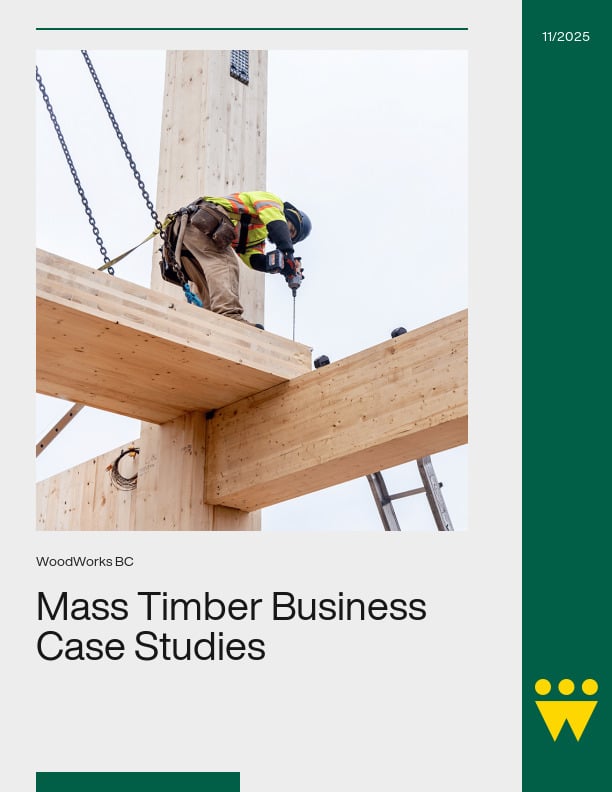Canada has had a wood preservation industry for about 100 years. Canada is tied with the UK as the world’s second largest producer of treated wood (the USA is first, by a large margin). In 1999, the most recent year for which we have data, Canada produced 3.5 million cubic metres of treated wood. There are about 65 treating plants in Canada.
As with most other industrialized countries, Canada developed a wood preservation industry using creosote, initially to service railroads (the ties holding the rails) and then utilities (power poles). Creosote production began declining by the 1950s, and by the 1970s was being somewhat replaced for these traditional uses by pentachlorophenol. Today, these oil-borne preservatives only constitute 17% of Canadian treated wood production.
The remaining 83% of production uses water-borne preservatives such as CCA, ACQ and CA. The industry began its substantial shift to the water-borne products in the 1970s, as consumer interest in decks and other residential outdoor structures dramatically increased. For many years, CCA was by far the dominant preservative for both residential and industrial applications.
In 2004, CCA regulations were changed such that CCA is no longer available for many residential applications. Subsequently, Canadian treaters have shifted about 80% of their previous CCA production to ACQ or CA.
Most of Canada’s treated wood is used domestically; Canada exports only 10% of its production.
Canada has its own wood preservation standards, supports several technical and marketing organizations, and maintains a lead position in certain areas of wood preservation research. A major focus of the industry has been in response to increasing levels of health and environmental protection regulations.






